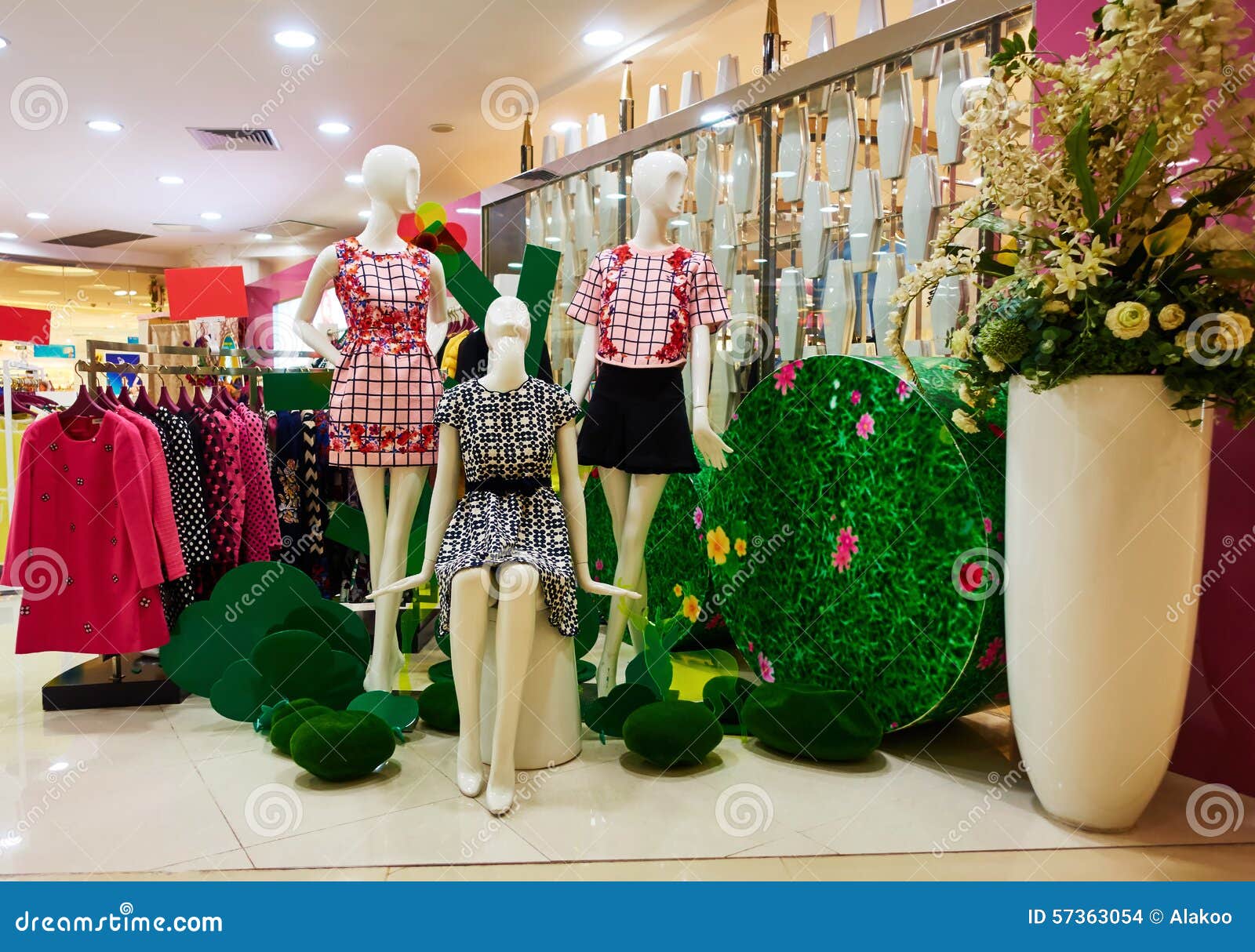A Deep Study the Globe of High-Fashion Runways: Comprehending Garments as Art
Designers, much like skillful musicians, weave elaborate narratives through color, kind, and material, testing typical standards and redefining beauty criteria. As we explore these sartorial eyeglasses, we must ponder: what duty does style play in shaping societal worths, and just how does it reflect the ever-changing tapestry of human emotion and identification?
The Evolution of Runway Reveals
The trajectory of path shows has changed significantly over the decades, advancing from unique market events to fascinating spectacles that mix fashion with art. Generally, runway shows were intimate events, kept in ateliers or little locations, primarily participated in by buyers and sector insiders. These very early discussions concentrated on the garments' craftsmanship and industrial stability, offering a direct and sensible display screen of seasonal collections.
As the garment industry broadened, the nature of runway programs started to alter. The 1970s and 1980s marked a turning factor, with designers seeking to identify themselves with more theatrical presentations. This age saw the increase of fancy sets, choreographed designs, and thematic narratives, proclaiming a new age where the path ended up being an experiential system. The programs changed right into a kind of storytelling, where each collection shared a distinct story or concept.
Over the last few years, innovation and social networks have even more reinvented runway programs, making them obtainable to an international audience. Livestreaming and digital systems have democratized fashion, allowing fanatics worldwide to witness these occasions in real-time (boutique fashion). This development shows a wider cultural change, where high-fashion runways act as a dynamic crossway of style, development, and performance
Designers as Visionary Artists
Developers in the high-fashion sector have blurred the lines in between useful garment development and the theoretical world of art. By embracing artistic self-controls such as sculpture, painting, and progressive installations, developers craft garments that challenge conventional fashion norms and elevate them to art types.
Visionary developers attract inspiration from a myriad of resources, including abstract art, historic recommendations, and individual stories. They have an one-of-a-kind ability to picture and emerge ideas that push the boundaries of standard fashion, typically redefining aesthetic standards in the process. This creative resourcefulness is showcased with significant shapes, cutting-edge products, and elaborate workmanship, which invite customers to experience style as greater than just wearable things.
Furthermore, the runway offers as a canvas for these musicians, where illumination, music, and set layout coalesce to create immersive experiences. These presentations are not merely screens of apparel however are orchestrated performances that evoke feeling and provoke idea, affirming the designer's role as a true artist in the modern cultural landscape.
Social Impacts in vogue
Social tapestry weaves its detailed patterns right into the material of style, influencing designers worldwide. The dynamic interchange of cultural stories, traditions, and icons informs and influences collections that grace high-fashion paths.
The influence of culture on fashion is often seen in the reinterpretation of typical garments and patterns. The use of Japanese bathrobes, Indian saris, or African prints in contemporary style mirrors a blend of cultural authenticity and contemporary appearances. Designers such as Valentino's Pierpaolo Piccioli and Alexander McQueen's Sarah Burton have actually been recognized to include abundant cultural motifs right into their couture collections, converting background right into wearable art.

Technology in Textile and Layout
Advancement in fabric and layout constantly reshapes the landscape of high-fashion, pushing boundaries and redefining opportunities. In recent times, technical innovations have significantly added to this advancement, presenting materials that test traditional perceptions. Textiles ingrained with wise fibers, with the ability of altering shade or managing temperature level, are no more confined to the realm of sci-fi. Developers are progressively checking out the combination of modern technology, such as 3D printing, which permits the production of intricate frameworks that were formerly inconceivable.
The style industry is experiencing a surge in the usage of eco-friendly materials, derived from recycled plastics, organic fibers, and also naturally degradable elements. Designers are accepting these products to craft garments that are both conscious and aesthetically striking of their environmental impact.
In regards to style, progressive shapes and speculative types are constantly revolutionizing the runway. By including advanced techniques and unusual products, designers cultivate garments that obscure the line in between style and art, establishing brand-new criteria for creative thinking and expression in the high-fashion round.
Impact of Style on Culture
Style wields an extensive influence on culture, offering as both a reflection of social identity and a stimulant for social adjustment (boutique fashion). Via its evolution, fashion has actually mirrored societal shifts, enveloping the zeitgeist of different periods.
Furthermore, fashion has the power to bridge cultural voids, cultivating understanding and recognition among diverse teams. As globalisation speeds up, the cross-cultural exchange of style concepts comes to be significantly significant, advertising inclusivity and diversity. The increase of streetwear, stemming from city subcultures, illustrates exactly how fashion can transcend socio-economic limits, approving people a way read this of self-expression and empowerment.
Essentially, style is not merely regarding looks; it is a vibrant pressure that influences values, perspectives, and societal progression (boutique fashion). By continuously interacting with cultural and social currents, fashion remains an my website integral part of the cumulative human experience

Final Thought
Developers, similar to visionary musicians, coordinate collections that show identity, emotion, and social stories, testing traditional appearances. This intersection of fashion and creativity not only astounds target markets around the world however also affects societal understandings and advertises a much deeper recognition for cultural variety.

Cultural tapestry weaves its detailed patterns into the fabric of style, influencing designers worldwide.Style possesses a profound impact on society, offering as both a reflection of social identity and a catalyst for social modification.